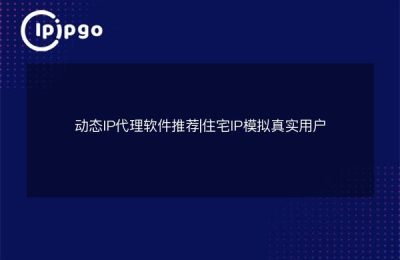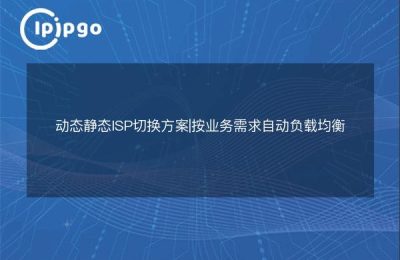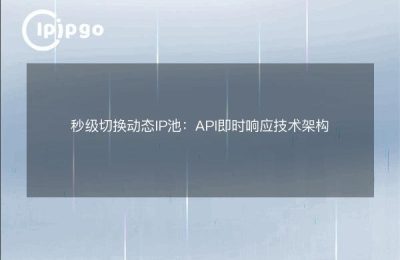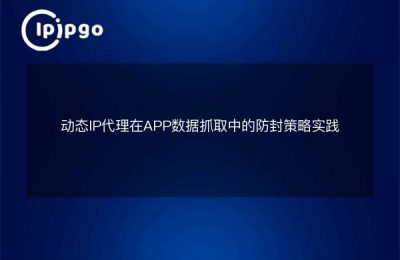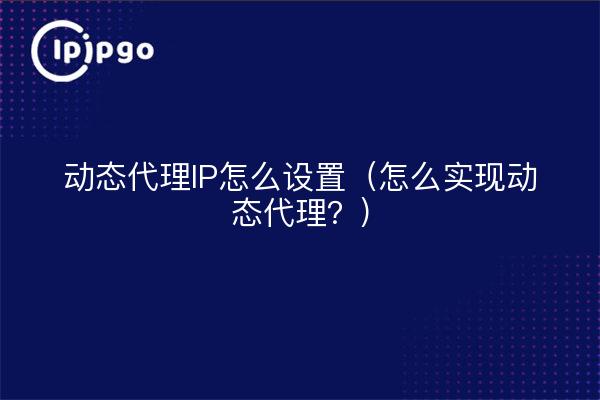
Today I'll tell you how to implement a dynamic proxy. That said, the dynamic agent is like a magical master of transformation, can help us in the case of the original code without changing the case, some additional processing. It is like a super-powerful person who can solve problems for us without moving.
How to set up a dynamic proxy IP
First of all, we need to understand what a proxy is first. Simply put, a proxy is like a middleman that helps us accomplish some tasks, such as accessing a website, sending requests, etc. A dynamic proxy is a proxy class that is dynamically generated at runtime, rather than being determined at compile time. In this way, we can flexibly control the behavior of the proxy at runtime.
In Java, dynamic proxies are usually implemented using Java's reflection mechanism. We can create a dynamic proxy object by calling the Proxy.newProxyInstance() method provided by Java, and then pass our own implementation of InvocationHandler into it. Here is a simple example code:
"`java
import java.lang.reflect.Proxy;
public class DynamicProxyDemo {
public static void main(String[] args) {
RealSubject realSubject = new RealSubject();
InvocationHandler handler = new DynamicProxy(realSubject);
Subject proxySubject = (Subject) Proxy.newProxyInstance(
realSubject.getClass().getClassLoader(),
realSubject.getClass().getInterfaces(),
handler);
proxySubject.doSomething();
}
}
“`
In the above code, we first created an instance of RealSubject and then created a DynamicProxy instance and passed RealSubject into it. Next, we called Proxy.newProxyInstance() to create the DynamicProxy object and forced its conversion to the Subject interface. Finally, we can call the methods in RealSubject through the dynamic proxy object.
In this way, we have successfully implemented a dynamic proxy. The proxy object will be able to do whatever the other party is requesting for us, and will also be able to perform some additional operations before and after the request is processed.
How to implement dynamic proxies
The principle of implementing dynamic proxies is not really complicated, it's like a magic show, as long as you master the mystery, you can do whatever you want. In the above example, we used the Proxy.newProxyInstance() method to create a dynamic proxy object, which is a dynamic proxy tool class provided by Java. At the same time, we also need to implement the InvocationHandler interface and write custom processing logic in it. This processing logic is like a superpower of the proxy that can perform some special operations before and after processing the request.
Of course, the implementation of dynamic agents is not limited to Java, other programming languages have similar mechanisms. However, no matter what language, the principles are similar. As long as we master the essence of it, you can easily master the dynamic agent of this magical transformation master.
In a nutshell, dynamic proxies are like an invisible hero who can always solve problems for us at critical moments. With dynamic proxies, we can easily implement some additional functionality without having to change the original code. It is like adding an invisible shield to the original function, so that our program is more flexible and powerful. I hope that we can all master this amazing skill of dynamic proxies and add an incredible magic to our programming path!

